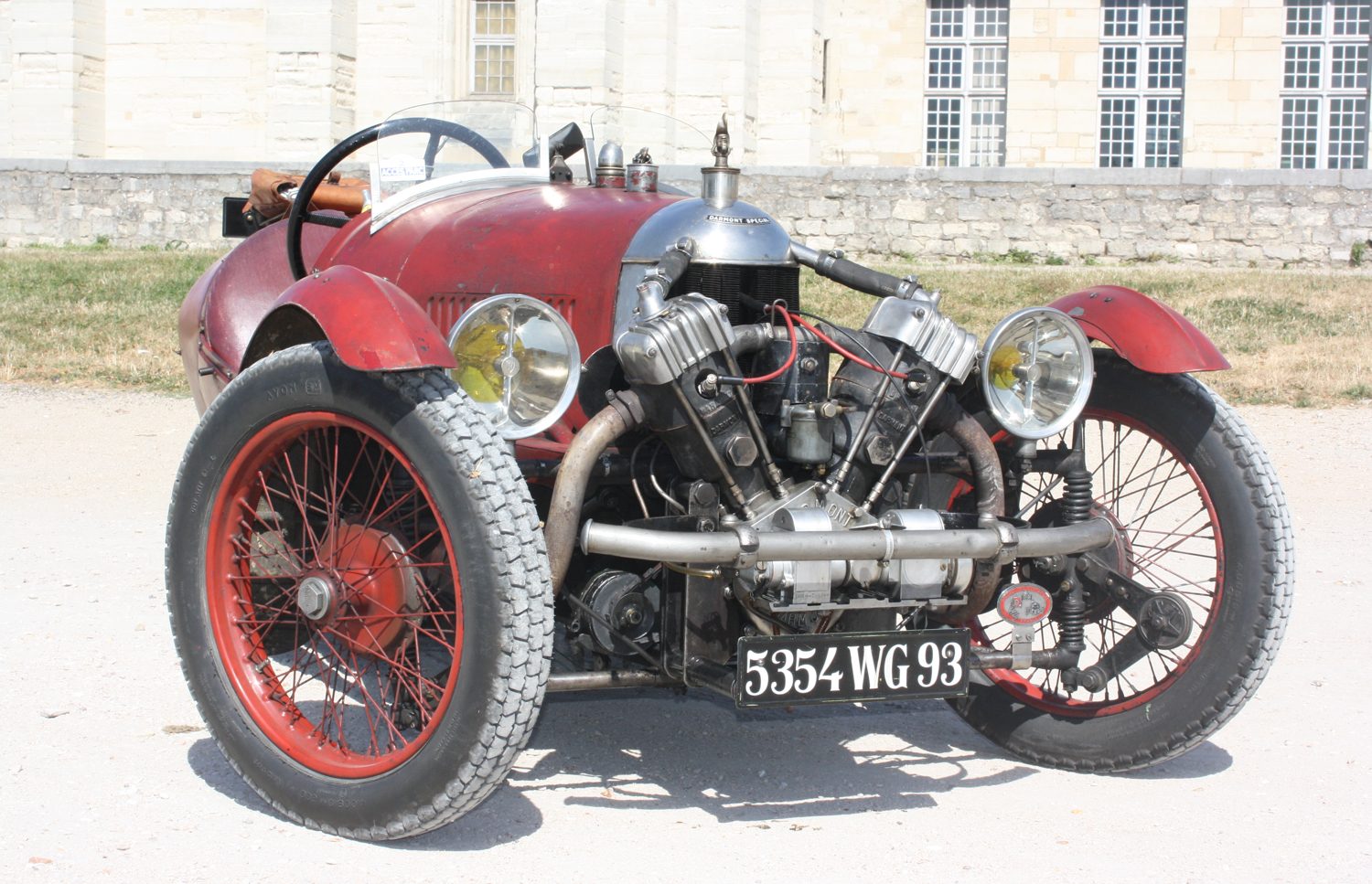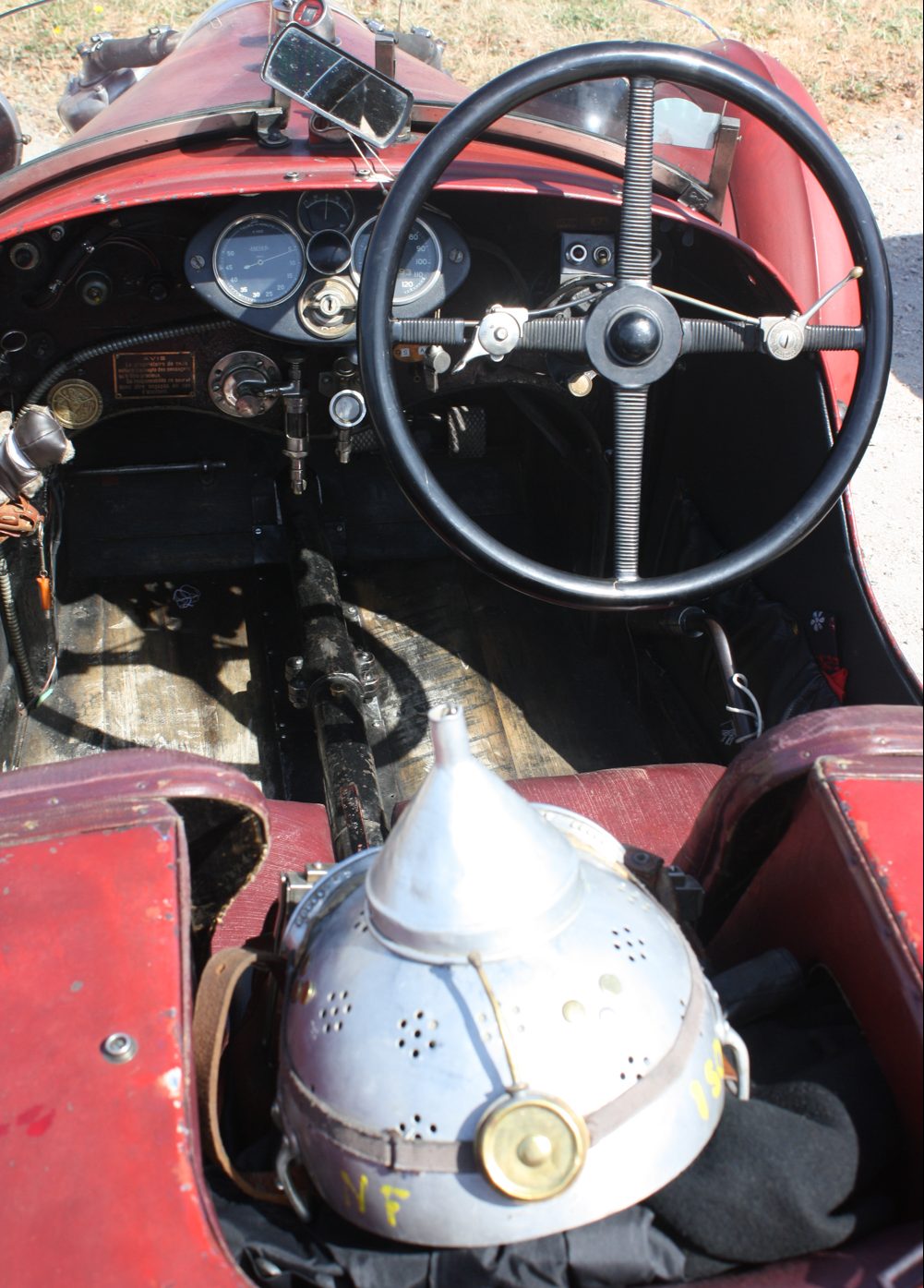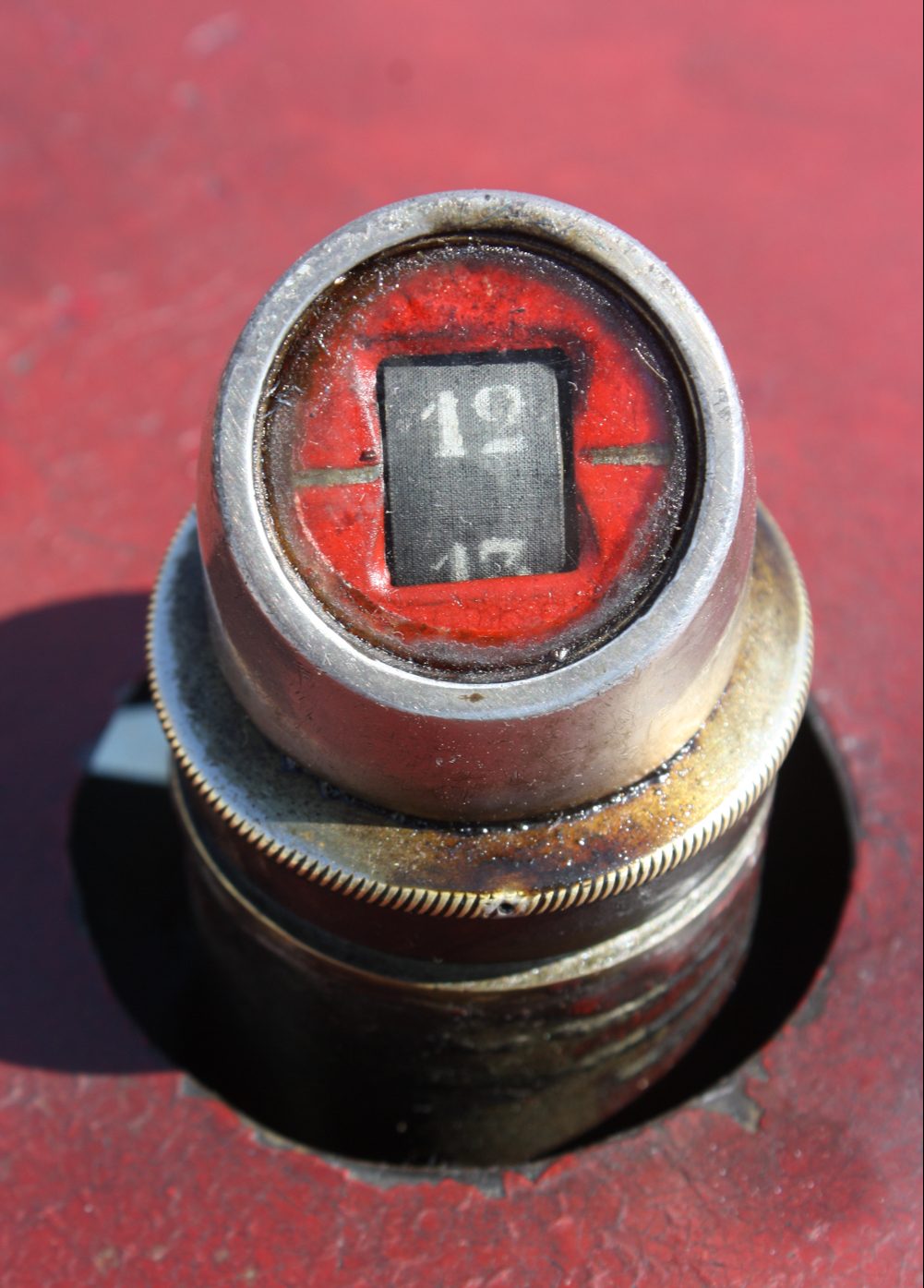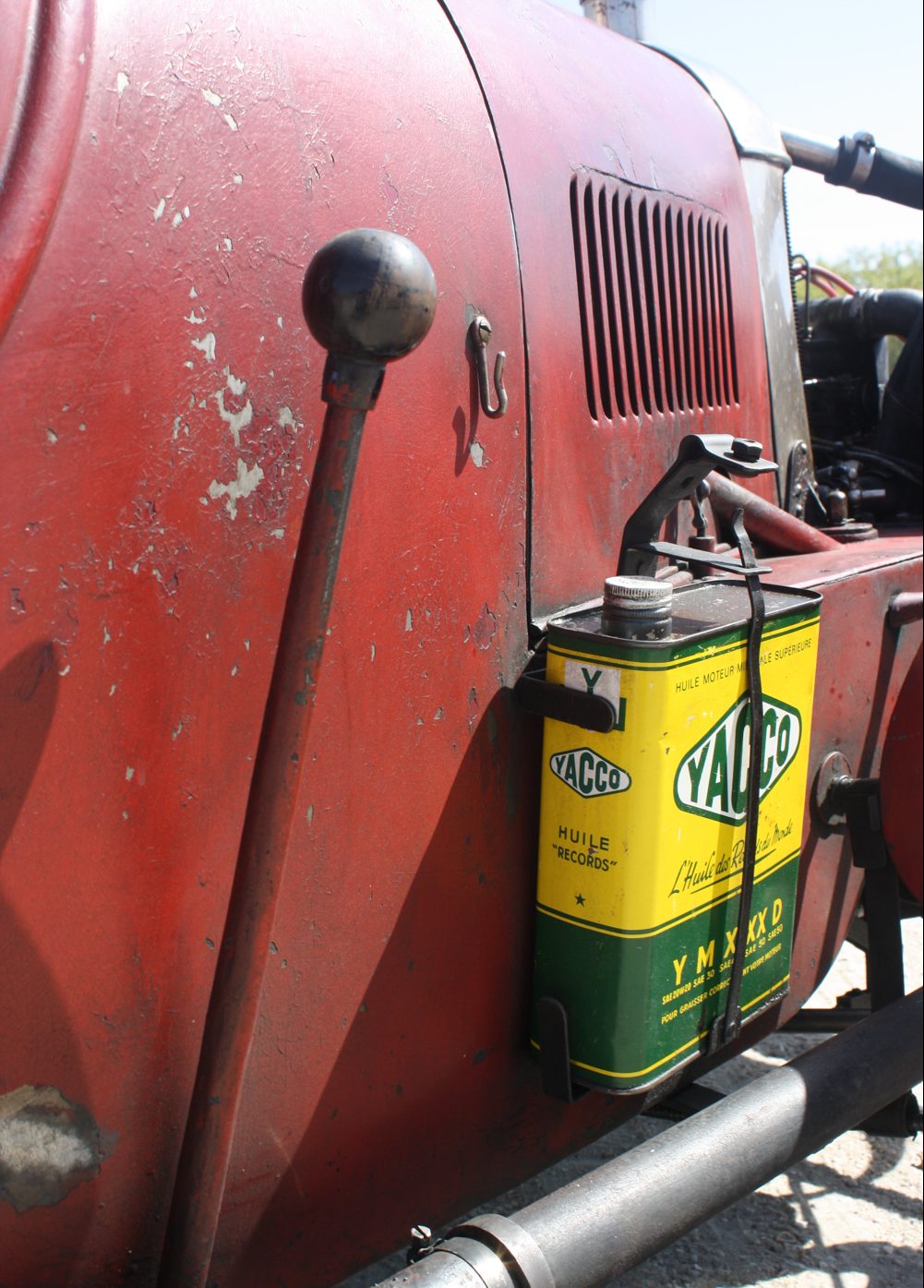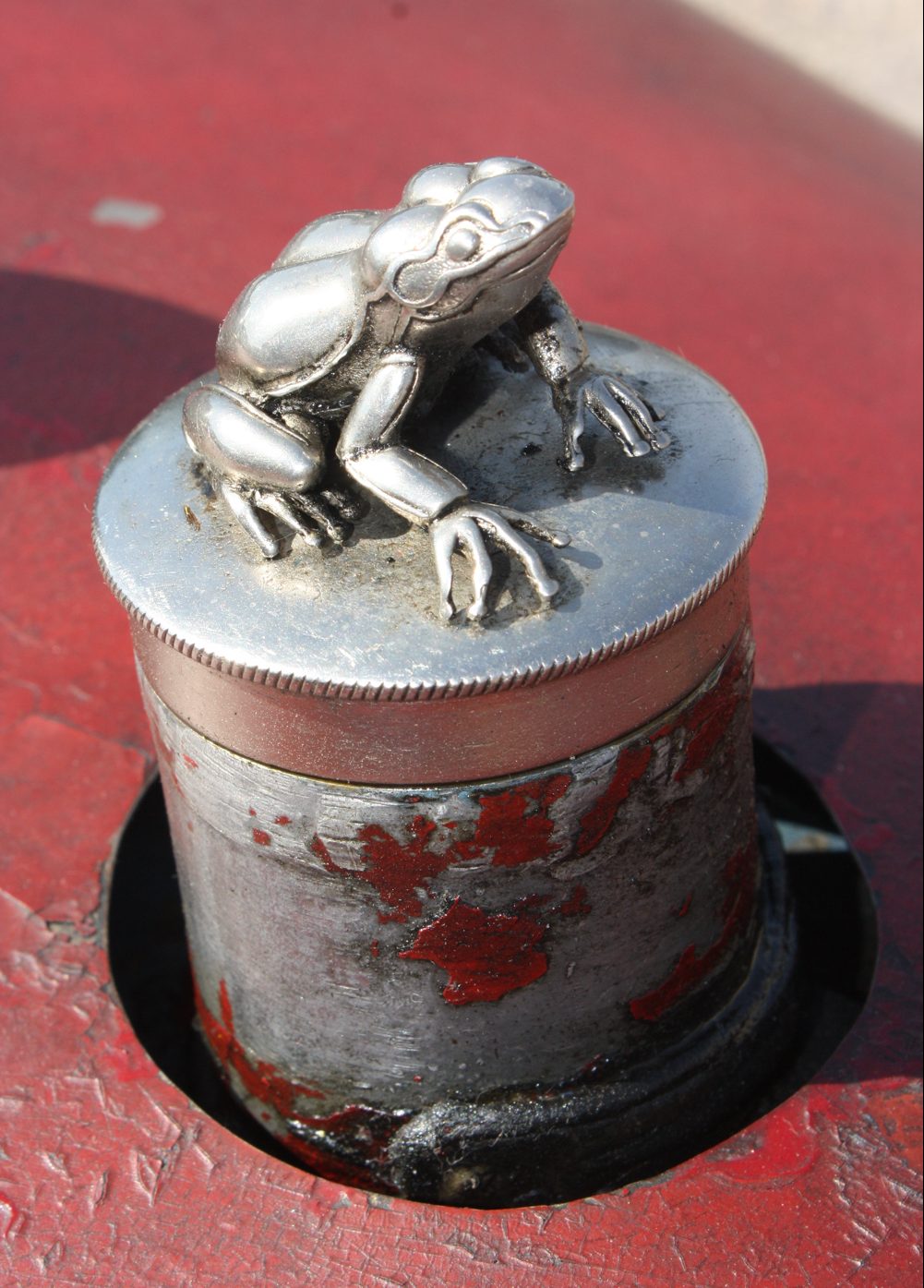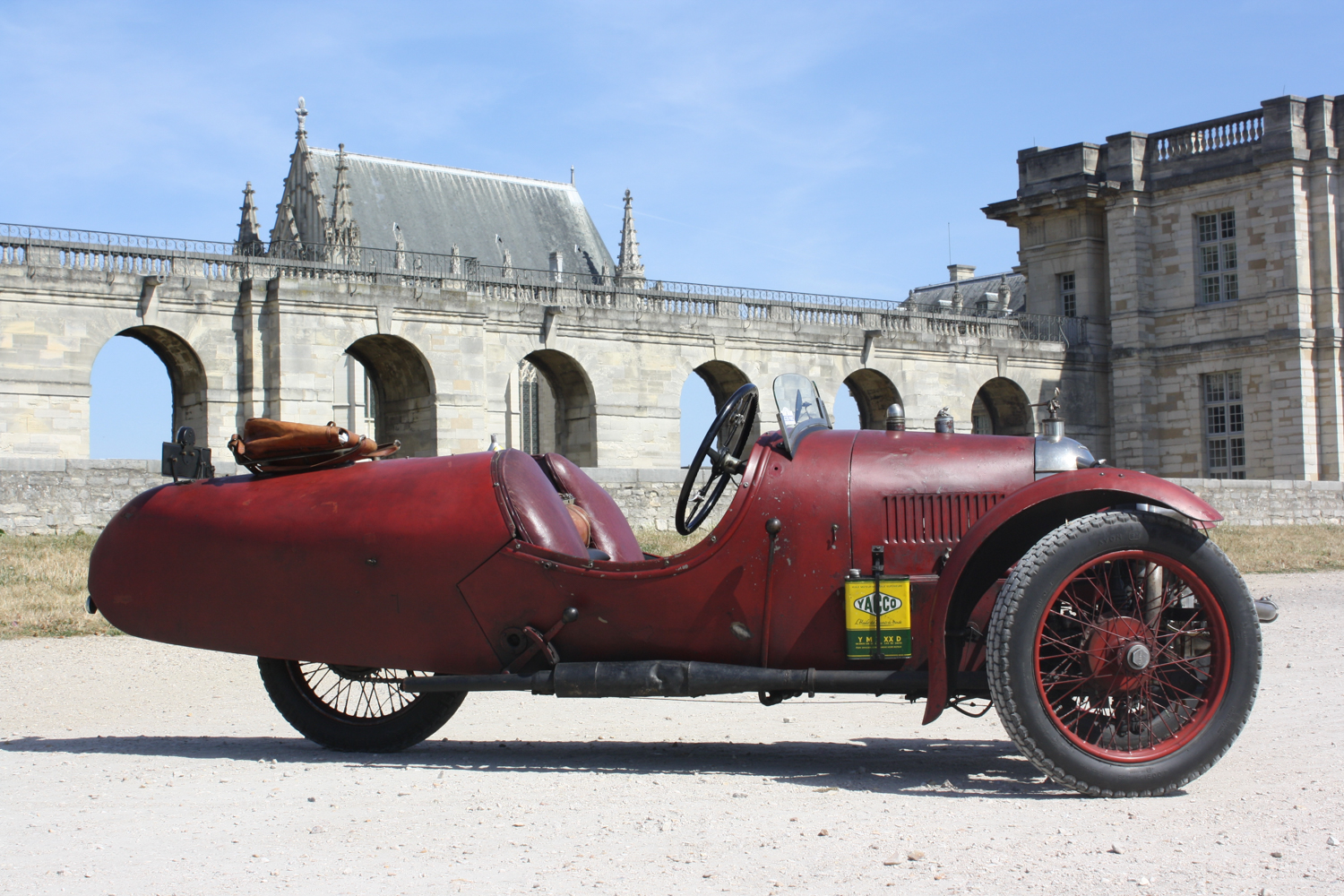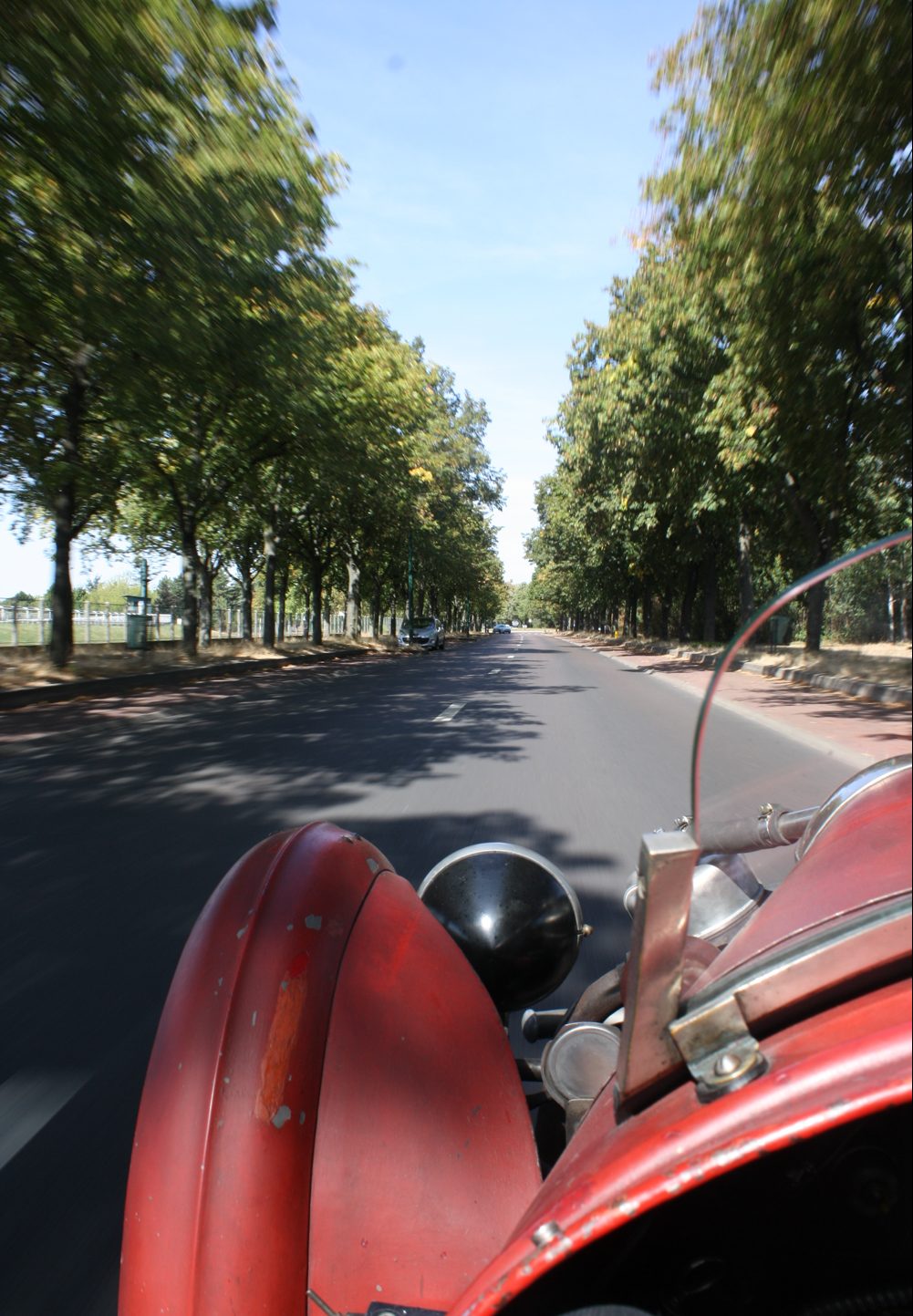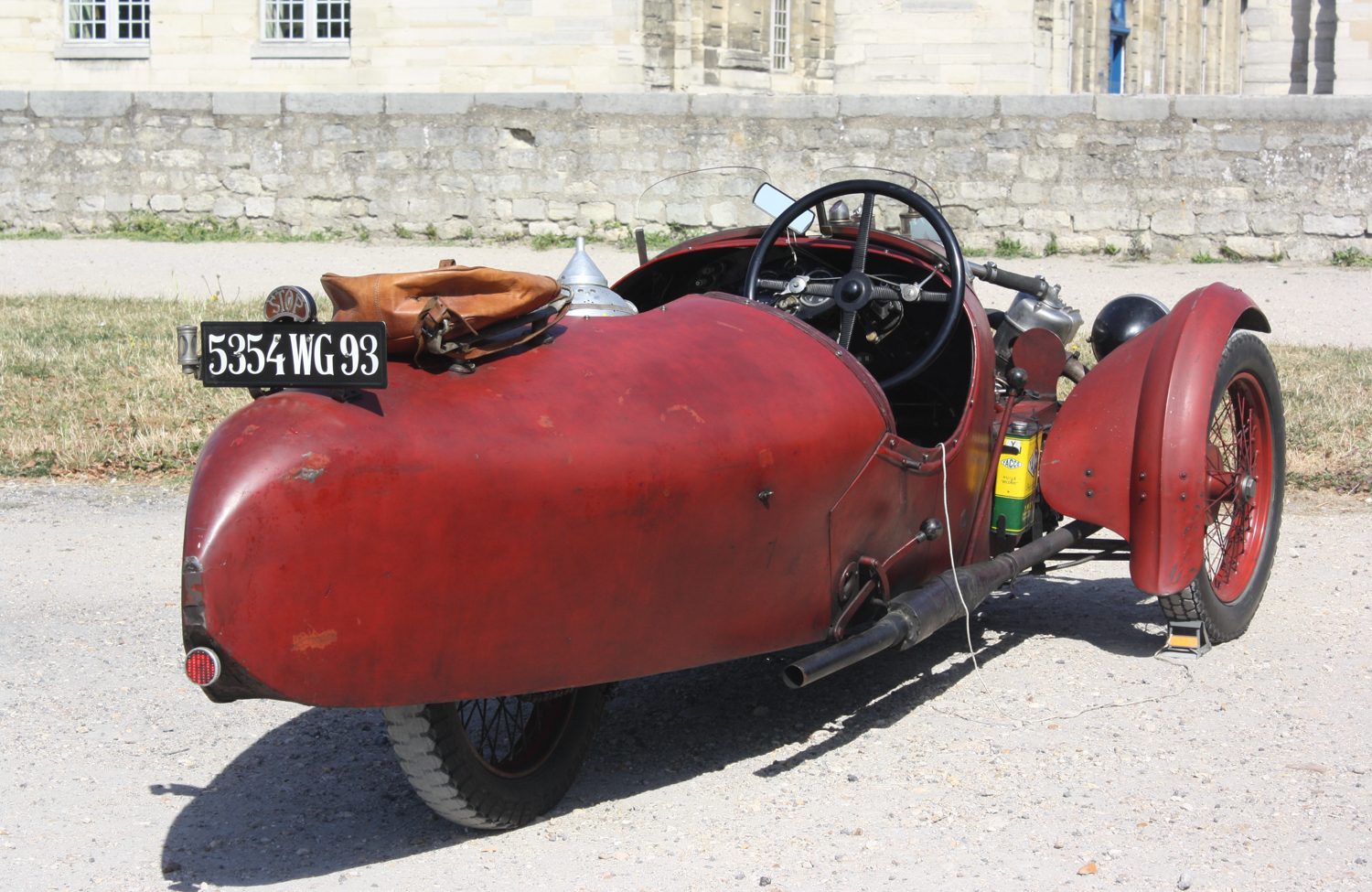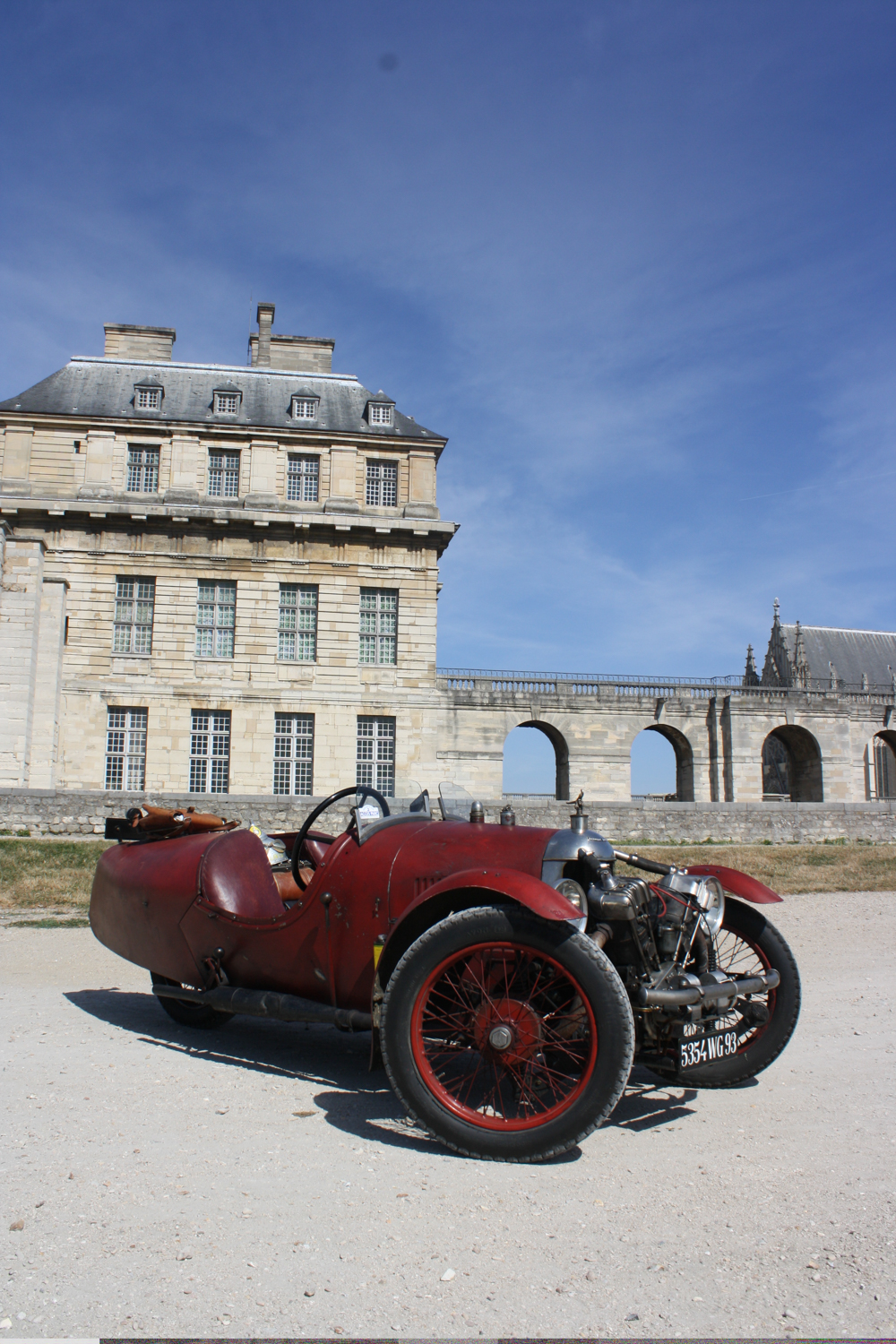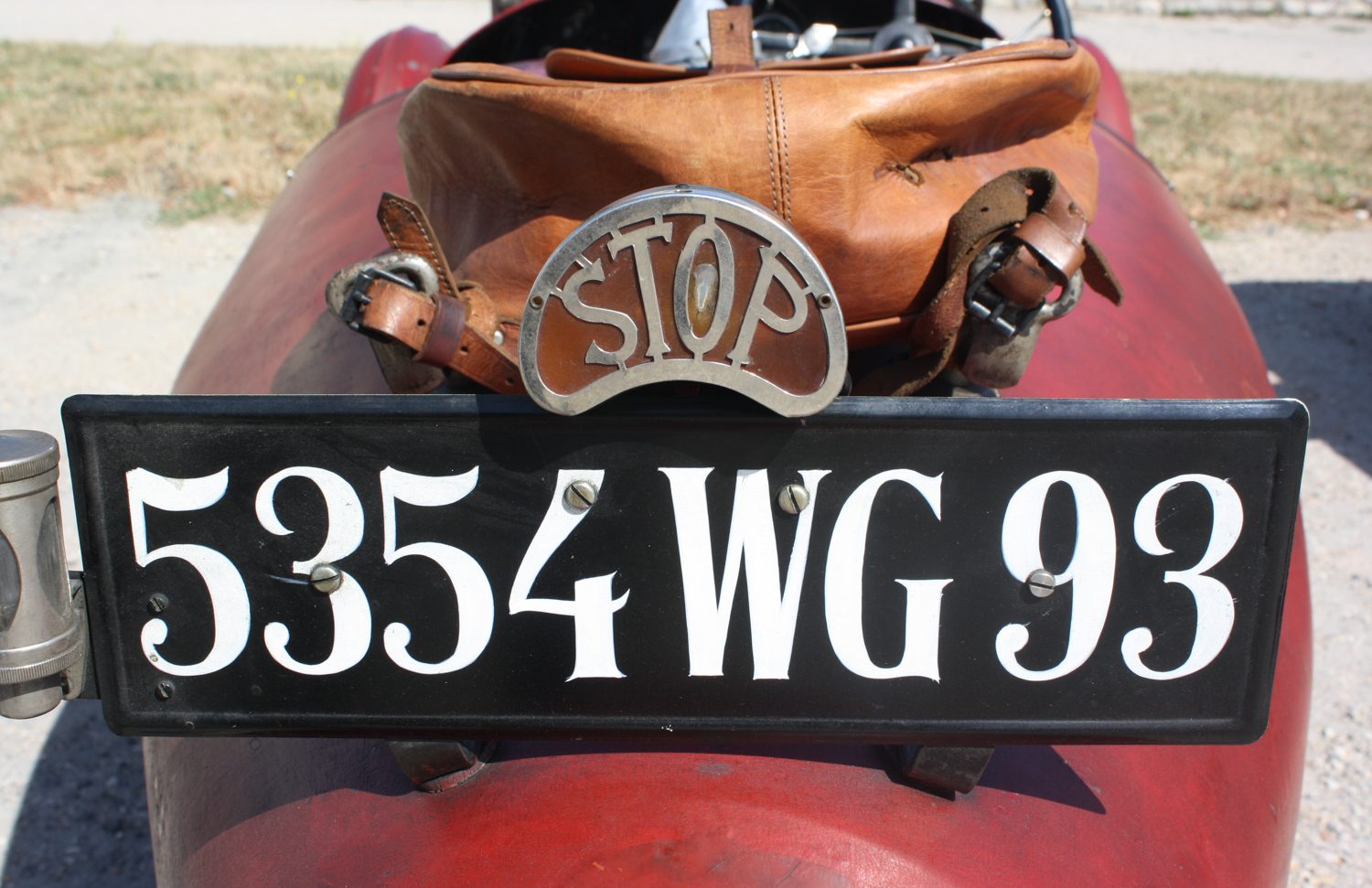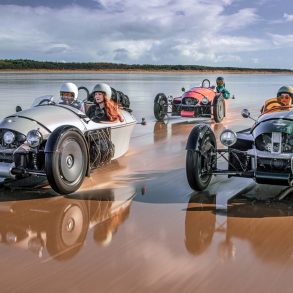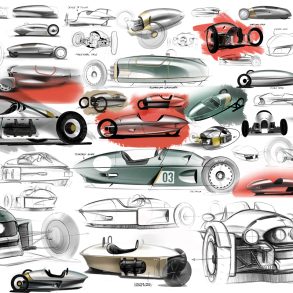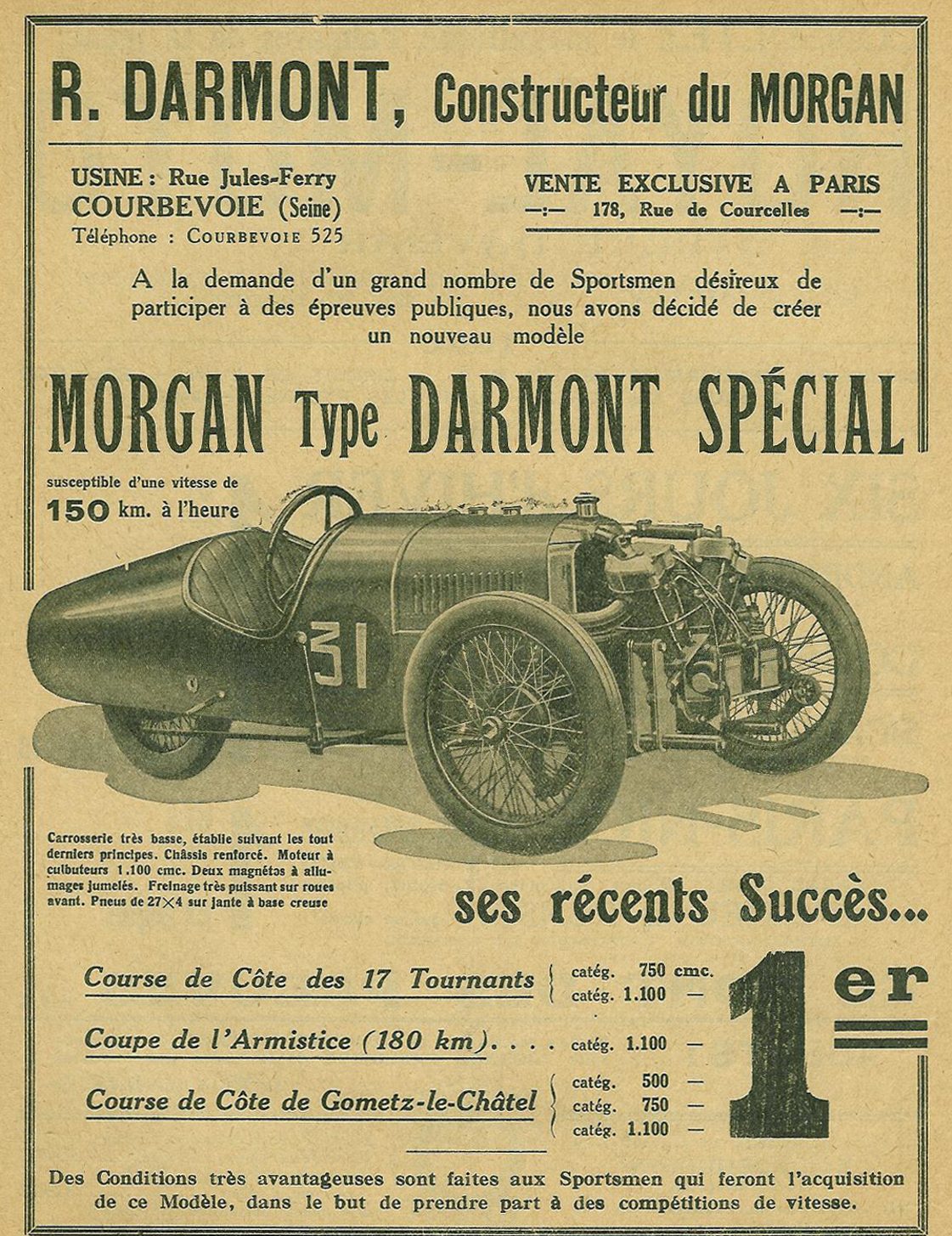
Tricyclecars in general were powered by V-twin or inline 4-cylinder engines engines, with either air or water cooling. Engine capacities could be spread from 750 to 1100-cm3, according to the type of motor. The bodywork was generally in composite wood and metal, built upon a lightweight tubular chassis.

In 1922, the first advertising catalogue for Darmont appears. Darmont was founded by two brothers: André, the pilot and Roger, the businessman. Darmont obtained the license to construct and sell the Morgan Runabout in their factory in Courbevoie in Paris region. During this time period, France was slowly recovering from the aftereffects of the first World war, so by and large, the majority of the population could not afford to purchase a new car. In this context, the main commercial advantage of the tricyclecar was its selling price. As one period ad, put it, “The price of a motorbike, with the security and comfort of a car.” At the time, the price of a new Morgan Sport varied from 6,950 Francs for the basic version, to 7,500 Francs for a version equipped with a windshield, lights and a horn.
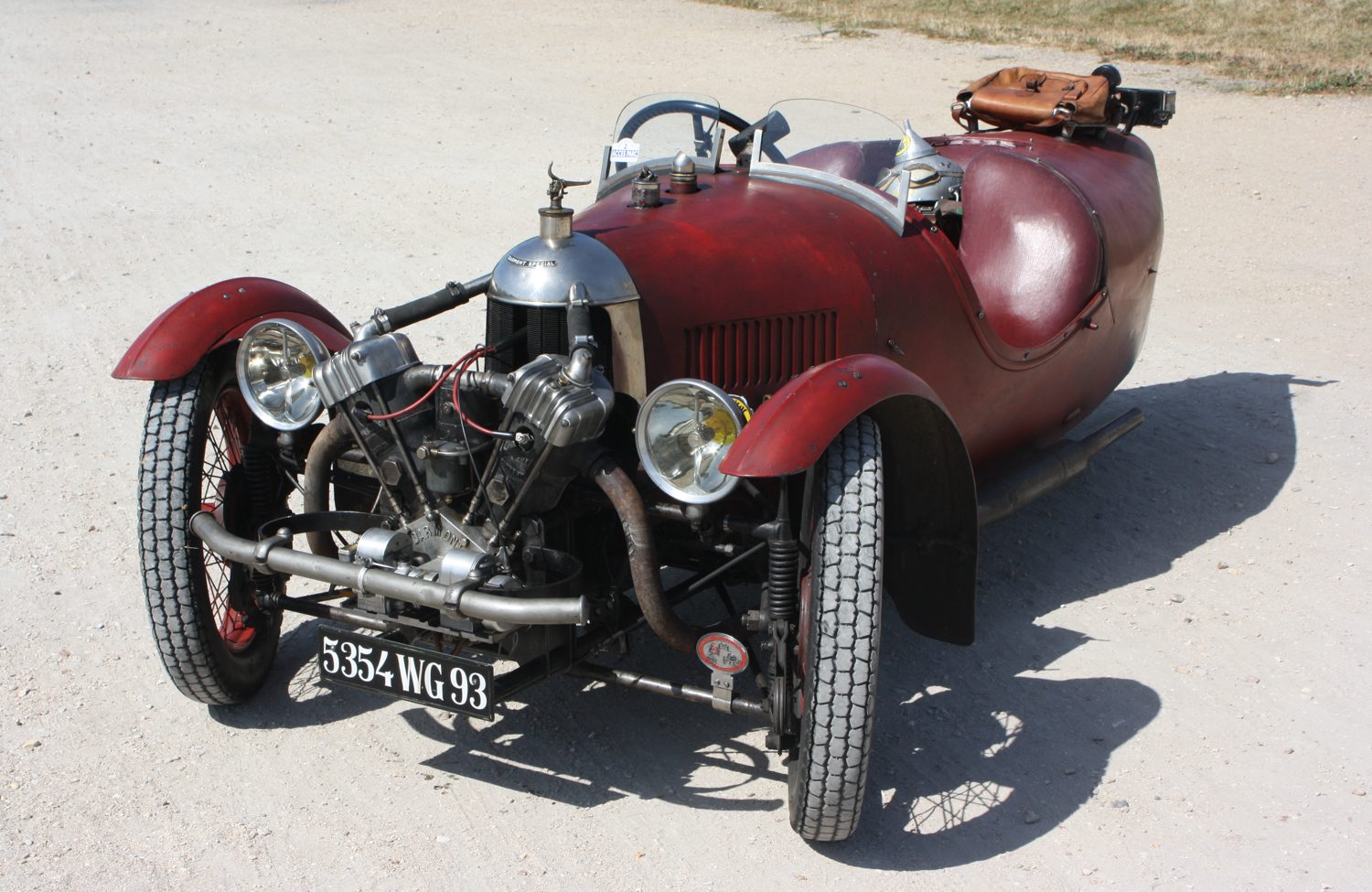
In 1927, a new made model its appearance in the Darmont catalogue, the D.S. for Darmont Spécial. This was a sports model equipped with a reinforced chassis and with a motor with a water-cooled 1.1-L motor, which made the Darmont Spécial capable of attaining a top speed of 150km/ h! This new Spécial also came equipped with an emergency brake which was operated by a big outside, lever, which was to supplement the foot-operated brake on the rear wheel. Two variants of Darmont Spécial were offered for sale: the Normal series at 8,900 Francs and the “Series Dislocates” which sold for 10,400 Francs, nearly twice the price of a Morgan Sports.
The tricyclecar featured here is a Darmont Special from 1928. This unique model was specially ordered by a First World War fighter pilot who wanted it for family use. Ironically, the Darmont hardly has enough room for a small driver and a passenger, with the third seat being almost symbolic, only being able to seat a preschooler at best! After the original owner passed away, his widow stored Darmont for many years. Eventually the son of the original owner, upon the death of his mother, decided after long talks to sell the Darmont Spécial to its current owner.
Although robustly built, the Darmont gives the impression of being a brittle and fragile vehicle. The casual observer often find it difficult to comprehend that the Darmont Spécial is capable of a top speed of 150 km/h! Like the majority of “Tricyclecarsistes” (while commonly referred to as “drivers” they oftentimes refer to themselves as “pilots”), the owner of this Darmont Spécial is a bon vivant and has a great sense of humor, affixing a medal of Saint Christopher on the dashboard along with a small plaque that reads, “The owner of this car accepts passengers only as a favor. He bears no responsibility in the event of an accident.” All this was not very reassuring, as I climbed aboard this unbelievable machine.
Before being seated, the passenger must allow the pilot to get set up behind the big wooden steering wheel before he climbs aboard. The starting of the motor is made with the aid of a small battery fixed on the left side of the tricyclecar, which is not period correct, but added by the owner for convenience. With an unbelievable din we dash forward in the three-wheeler, garnering a lot of looks and attention as we stand out in the middle of Parisian traffic. It only takes a few meters to realize that comfort is not the main quality of the Darmont. The passengers, besides being shaken from all sides, sits on a leather bench seat barely more thick than a cushion. While entertaining for short runs, long trips would be exhausting since the Darmont does not tolerate pilot error, thus requiring constant alertness and attention. Acceleration is indeed impressive, as the Darmont can achieve 90–100km/h in just a few seconds. I do not dare to imagine what it must feel like at 130km/h! With its sporting nature and ground-level driving position, they Darmont Spécial in akin to a racing Go-kart.
In the final analysis, the Darmont Spécial provides an intense, “concentrated” driving experience. It’s no wonder why the owners of these tricyclecars feel such a deep connection to their unbelievable machines.
A thank you very much to Frederick Viginier for his help during the writing of this article. Author of a book on Darmont Morgan, Frederick is also president of Amicale Tricyclecariste of France. This association, which was founded in 1990 at the instigation of several enthusiasts of tricyclecars, supports not just tricyclecars, but also cyclecars and sports cars constructed before 1940.




